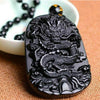Real vs. Fake Crystals: Essential Inspection Methods You Need to Know
- by wujohn
Here's an overview:
Introduction to Crystal Authenticity
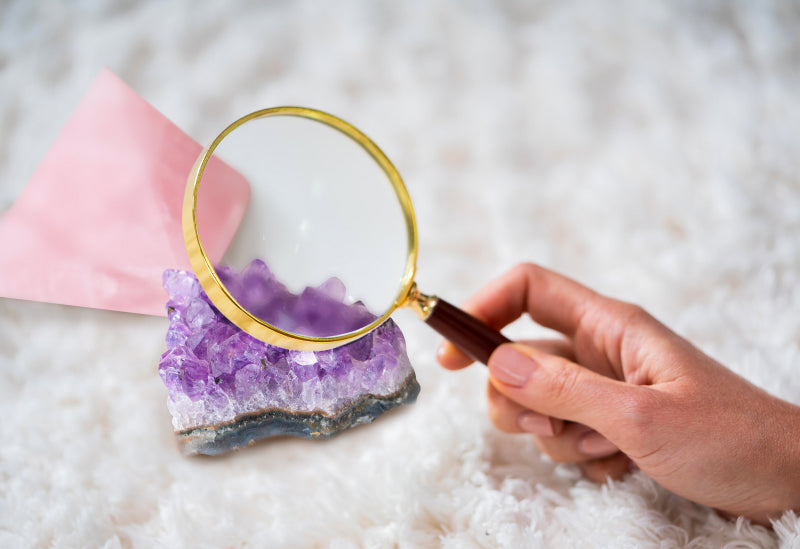
Crystal authenticity ensures that buyers and collectors receive genuine gemstones rather than imitations. Authentic crystals possess unique physical and metaphysical properties. Understanding the difference involves several inspection methods:
-
Visual Examination: Real crystals often have imperfections such as inclusions or color variations, while fakes are typically flawless.
-
Hardness Test: Genuine crystals scratch glass and other softer materials, aligning with the Mohs hardness scale.
-
Density Check: Real crystals have specific weight and density characteristics. Weighing and comparing with known standards can identify fakes.
-
Temperature Conductivity: Genuine crystals usually feel cooler to the touch compared to fake ones.
Historical Context of Crystal Use
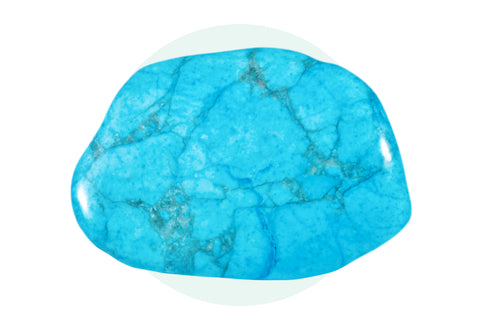
Throughout history, civilizations have valued crystals for their beauty and purported metaphysical properties.
-
Ancient Egypt: Egyptians used clear quartz for carving amulets and talismans believed to protect and heal.
-
Greece: Greeks prized amethyst, thinking it could guard against intoxication.
-
China: Ancient Chinese culture made use of jade in both art and medicine, associating it with virtues like wisdom and courage.
-
India: In India, crystals like diamonds and sapphires held spiritual significance in various ceremonies.
-
Middle Ages: Europeans believed crystals had the power to influence health and fortune.
Understanding these historical uses offers insight into the various cultural significances attributed to different types of crystals.
Physical Characteristics of Real Crystals
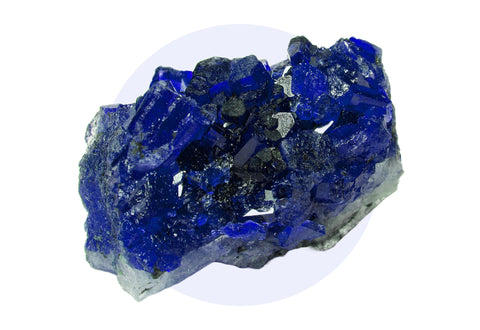
Real crystals exhibit unique physical characteristics that set them apart from synthetic counterparts. Genuine crystals often display natural variations in color, clarity, and structure. These variations are a direct result of geological processes.
-
Color: Natural crystals may have subtle color differences due to mineral inclusions.
-
Clarity: Expect inclusions, fractures, and internal lines. Perfect clarity is rare.
-
Structure: Real crystals generally possess irregular shapes and textures.
-
Weight: Authentic crystals often feel heavier than fake ones due to higher density.
-
Temperature: Real crystals usually feel cold to the touch and retain coolness longer.
Common Methods of Fake Crystal Production
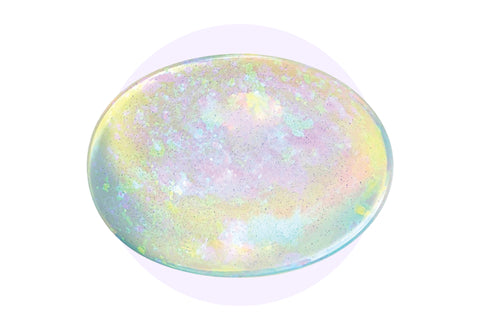
-
Glass Substitution: Manufacturers utilize colored glass that mimics the appearance of genuine crystals. Often, bubbles or lack of color depth can reveal these fakes.
-
Plastic Imitations: Resin or plastic replicas are often made to appear like crystals but are significantly lighter and may have a waxy feel.
-
Composite Stones: Some fake crystals are produced by fusing fragments of genuine crystals with resin or glass, creating the illusion of a whole crystal.
-
Heat Treatment: Applying heat to lower-quality stones to enhance color or transparency, making them appear higher-quality than they are.
-
Dyeing: Lower-quality stones or clear crystals are often dyed to achieve more desirable colors, which can be identified by uneven color distribution or cracks.
Essential Visual Inspection Techniques
Examining crystals visually is crucial to determine their authenticity. Key aspects to observe include:
-
Color Consistency: Genuine crystals often show natural variance in color. Synthetic ones may appear overly uniform.
-
Inclusions: Natural crystals typically contain inclusions or tiny imperfections. Fakes are usually flawless or have air bubbles.
-
Luster: Real crystals possess a distinct luster. Fake ones might seem dull or overly shiny due to artificial treatment.
-
Transparency vs. Opaqueness: Authentic crystals will have natural variations in transparency. Man-made or fake crystals often lack such diversity.
Scientific Testing Methods
Polarized Light Microscopy (PLM)
-
Utilizes polarized light to examine crystal structures.
-
Distinguishes between synthetic and natural crystals.
X-ray Diffraction (XRD)
-
Determines atomic structure by diffracting X-rays through crystals.
-
Reveals inconsistencies indicative of artificial origins.
Infrared Spectroscopy (FTIR)
-
Identifies chemical bonds within a crystal.
-
Differentiates between natural and treated or colored gems.
Thermal Analysis (DTA/TGA)
-
Measures changes in physical and chemical properties as temperature changes.
-
Discerns synthetic from genuine by analyzing melting and phase transition points.
Raman Spectroscopy
-
Analyzes vibrational modes of a crystal.
-
Provides detailed compositional information not visible via other methods.
Consulting Experts and Purchasing Tips
When uncertain about crystal authenticity, consulting experts provides valuable insights. Gemologists, mineralogists, or experienced collectors can offer essential advice.
Key Tips for Purchasing Crystals
-
Research Reputable Sellers
-
Ensure the seller has a good reputation and verifiable reviews.
-
-
Request Certification
-
Ask for certificates of authenticity from recognized laboratories.
-
-
Evaluate Physical Characteristics
-
Examine color, clarity, and natural inclusions associated with genuine crystals.
-
-
Price Comparison
-
Be wary of prices that are too good to be true.
-
-
Return Policies
-
Verify the seller’s return policy for additional assurance.
-
Conclusion and Final Thoughts
Determining the authenticity of crystals is essential for collectors, healers, and enthusiasts alike. Employing various methods ensures accurate identification.
-
Visual Inspection
-
Check for natural imperfections.
-
Assess color intensity and transparency.
-
-
Physical Examination
-
Evaluate weight and temperature.
-
Conduct hardness tests using the Mohs scale.
-
-
Scientific Analysis
-
Utilize tools like magnifying glasses and microscopes.
-
Perform specific gravity tests.
-
Recognizing genuine crystals can prevent financial loss and ensure the integrity of crystal collections. Implementing a combination of visual, physical, and scientific methods provides a comprehensive approach to verifying authenticity.


